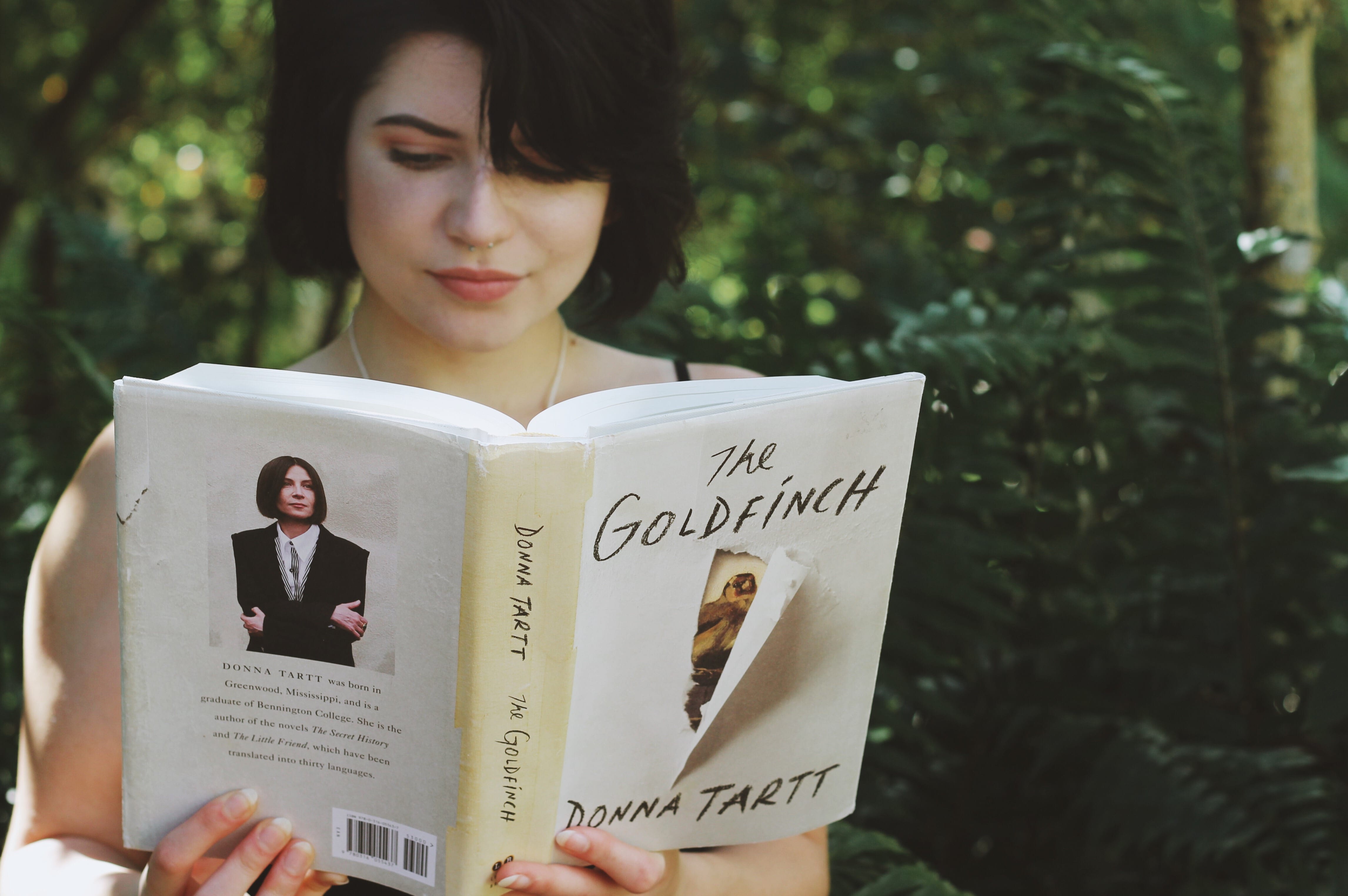Anyone who has ever felt alone has wished they had some kind of personal companion to turn to when loneliness becomes overwhelming. In “The Goldfinch,” Donna Tartt builds on this premise by asking what happens when one’s solution to loneliness also happens to be a felony. Our protagonist Theo Decker, a 13-year-old New Yorker, becomes an art thief and loses his mother when the art museum he was visiting is bombed. At the whim of a man who dies next to him, Theo saves “The Goldfinch,” painted by Carel Fabritius, from the wreckage. For the next several years, the small work of art becomes a pervasive aspect of Theo’s life.
“The Goldfinch” is a compelling piece of work that hooks its reader into every twist of life it explores. Its characters are loveable and layered, and the reader experiences the ways hardships change a person firsthand. If you’ve ever been an outsider and known what it is to connect with someone else who also relates to no one, then you’ll understand each friendship Theo cements. The first of these is a rekindled elementary school friendship with the dorky Andy Barbour. The Barbours are an influential New York family who take Theo in upon his mother’s death while his alcoholic father is unreachable. In his time there, Theo observes that Andy welcomes the company even through his polished, pompous manners, and after some time, he falls into routine and begins to feel like part of the family. In his spare time, he befriends a fatherly, older man called Hobie and in turn becomes more immersed in the art world. The older man who Theo watched die left him with not only a priceless painting but a priceless mentor as well. Hobie shows Theo everything he knows about restoring antique furniture, and with Tartt’s rich detail, any reader is bound to find themselves in a hickory-scented, musky atmosphere just a hair’s breadth from touching the smooth woodwork described. Of course, more than just the physical, Hobie imparts concepts of love and art on Theo bound to connect with anyone human. If not for his father’s abrupt reappearance, Theo might have found a place with the Barbours, and the reader can’t help but reflect on that wistful feeling of what might have been right along with the protagonist.
Thrust out of the only place he has ever known and into a trite “Spanish-looking, or maybe… Moorish” house in the disingenuously sunny Las Vegas, Theo must deal with the loss of both his mother and whatever independence he found back in New York. By his side is, of course, the irreplaceable yellow bird that the whole world is missing. With no real support from his leech-like father or his new younger fiancée, Theo connects to hearty, hilarious and derelict Boris. If there was ever a loveable character, it’s Boris. He’s a jaded, spirited and lawless Russian teenager who shows Theo one answer to the purposeless, lonely world Theo entered upon his mother’s death: drugs, alcohol and negligence. The reader watches Theo’s fall to indolence and might sympathize with the need to lose oneself to avoid the past. Boris and Theo bond based on a shared pain and an unquenchable desire for kinship, and Tartt is not shy about exploring the boundaries this kind of love — desire, a need to fill an emptiness — blazes through without question.
Theo’s father dies, and he runs back to the only support he has left Hobie. From there, Tartt illustrates Theo’s fall with a literary grace hard to find in any book. In his life with Hobie, Theo keeps away his secret in a storage unit. His dishonesty grows, his morals only continue to loosen and he ambles through life until he is shocked out of his drift by a flurry of art crime that brings the reckless Boris back to the forefront of the story. Finally, the artful burden Theo has born for years comes to light. In a compelling and chaotic mess, Theo finds purpose in chasing “The Goldfinch” painting through shifting hands marred with violence and bad intentions.
Anyone who has ever felt lost — which I believe is everyone — will enjoy this story. It examines how people act in desperation, the kinds of love we experience in pain and what art and life truly mean — or if they mean anything definite at all.


